Main Navigation Menu
© 2025 Tech Jacks Soutions, All Rights Reserved
© 2025 Tech Jacks Soutions, All Rights Reserved
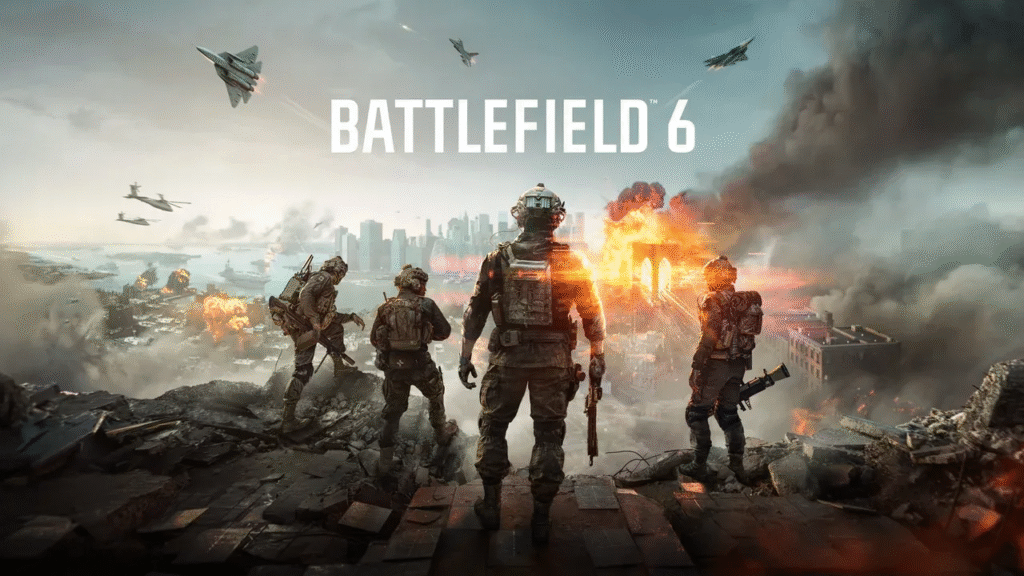
The Battlefield franchise stands at a precipice. What was once the undisputed king of large-scale military shooters now faces an existential crisis that could determine whether this two-decade-old series survives or becomes another casualty of corporate mismanagement.
The catastrophic 2021 launch of Battlefield 2042 wasn’t just a commercial disappointment for Electronic Arts. It was a breaking point for a loyal community that felt the series had fundamentally lost its identity. Stripped of its foundational class system, lacking core features, and plagued by technical issues, the game became a hollow echo of its celebrated predecessors.
This crisis has placed immense pressure on the next installment. Battlefield 6 isn’t just another sequel. It’s a make-or-break moment that will determine whether the franchise can reclaim its position as the premier destination for all-out warfare or fade into gaming history as a cautionary tale of squandered potential.
But something unexpected happened during Battlefield 6’s August 2025 beta. Over 520,000 concurrent players flooded Steam servers, smashing franchise records. The phrase “Battlefield is back” dominated social media. After years of broken promises and corporate missteps, could DICE actually deliver redemption?
This isn’t just about another game launch. This is about whether one of gaming’s most influential franchises can resurrect itself from the graveyard of failed live service experiments. The stakes couldn’t be higher: for EA’s $400 million investment, for DICE’s reputation, and for the millions of players who still remember when Battlefield ruled the FPS landscape.
The foundation of Battlefield wasn’t laid in a single stroke. The early 2000s saw developer Digital Illusions CE (DICE) pioneer a formula that prioritized strategic depth and large-scale conflict, establishing DNA that would define the series for decades.
The true origin lies in Codename Eagle, a 1999 title from Swedish studio Refraction Games. While not a commercial giant, the game served as proof of concept, introducing an ambitious but technically flawed formula of large-scale maps featuring infantry, vehicle, and aircraft combat in a sandbox environment. DICE recognized the immense potential in this design and acquired Refraction Games in 2000, absorbing not only its technology but also the creative talent behind the innovation.
Two years later, Battlefield 1942 arrived as a landmark moment for online gaming. Built on the refined principles of Codename Eagle, the game established the core tenets that would define the series. It featured a five-class system (Scout, Assault, Anti-Tank, Medic, and Engineer) that encouraged role specialization and interdependence. Players could seamlessly transition from infantry combat to piloting an array of WWII-era vehicles, including tanks, jeeps, fighter planes, and even battleships.
The game’s signature mode, Conquest, was revolutionary. Instead of simple deathmatch mechanics, teams fought to capture and hold strategic control points across the map. This system integrated with a ticket mechanic where each team started with a set number of tickets that depleted with respawns. Holding a majority of control points caused enemy tickets to bleed over time, making territorial control the primary path to victory.
This design actively discouraged lone wolf play and fostered environments where teamwork was paramount. Players learned to coordinate using radio command systems, calling for reinforcements, spotting enemies, and requesting medical aid. The cooperative focus, combined with sandbox gameplay, gave rise to unscripted, player-driven spectacles that became known as “Battlefield moments.”
Battlefield 1942 achieved widespread acclaim for its innovative gameplay and sold approximately 3 million units, cementing the franchise’s place in the FPS landscape.
Building on this success, DICE released Battlefield Vietnam in 2004. The game shifted to a more modern and politically charged conflict, introducing asymmetrical warfare elements. Gameplay was enhanced with features that deepened immersion, most notably the ability for passengers to fire from vehicles and licensed 1960s music on in-vehicle radios. Players could blast Creedence Clearwater Revival while flying Huey helicopters, creating unprecedented atmospheric authenticity.
The next major leap came with Battlefield 2 (2005). Set in a fictional modern-day conflict, it expanded the class system to seven distinct roles and introduced two franchise-altering features: the Commander role and formal squad systems. The Commander was a single player on each team with real-time strategic overview of the entire map, capable of deploying UAVs for reconnaissance, calling artillery strikes, and dropping supplies for ground troops.
This role integrated with the new squad system, which allowed up to six players to group together with dedicated voice-over-IP channels. Squad leaders could communicate directly with the Commander, receiving orders and relaying information, creating clear chains of command that rewarded organized, tactical play on unprecedented scales.
The game was a resounding success. Critics praised it as an “improvement on perfection” for how it deepened combat’s strategic layer. It sold 1.2 million copies in its first month and achieved a Metacritic score of 91/100, marking a high point for the series’ popularity and critical reception.
In 2006, DICE took a bold creative risk with Battlefield 2142 (2006), shifting the setting 200 years into the future. The game’s most celebrated innovation was Titan mode, an epic, multi-stage experience where teams fought on the ground to control missile silos that would wear down shields of massive flying Titan warships. Once shields were down, battles transitioned into infantry assaults with teams boarding enemy Titans to destroy reactor cores from the inside.
While not as commercially dominant as Battlefield 2, the game demonstrated the flexibility of the Battlefield formula and DICE’s willingness to innovate beyond historical and modern settings.
The late 2000s marked a pivotal era for the franchise, defined by strategic shifts toward console markets and introduction of game-changing technology: the Frostbite engine. The Bad Company sub-series brought new levels of environmental interactivity to the forefront while refining more focused gameplay styles that would create new pillars for the series.
Released in 2008 exclusively for PlayStation 3 and Xbox 360, Battlefield: Bad Company represented significant new direction. It was the first mainline title to skip PC release, signaling clear intent to capture burgeoning console audiences. Its most profound contribution was the debut of DICE’s proprietary Frostbite engine, which introduced “Destruction 1.0,” a system allowing approximately 90% of game environments to be destructible.
For the first time, cover wasn’t permanent. Players could blow holes in walls to create new sightlines, collapse entire buildings to eliminate enemy strongpoints, and fundamentally reshape battlefields in real-time. This wasn’t merely visual spectacle. It was core tactical layer that forced players to constantly adapt strategies.
The game also launched with Gold Rush mode, a precursor to the now-famous Rush mode. This created more linear, focused objectives where one side attacked pairs of objectives in sequence while the other defended. The design funneled action into intense, concentrated firefights, offering different rhythm from sprawling, open-ended nature of Conquest.
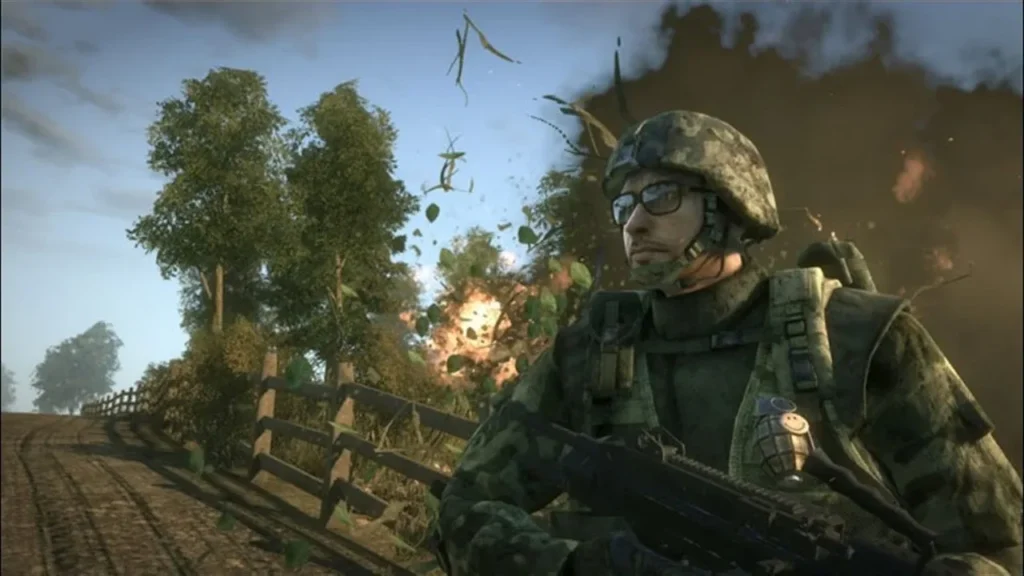
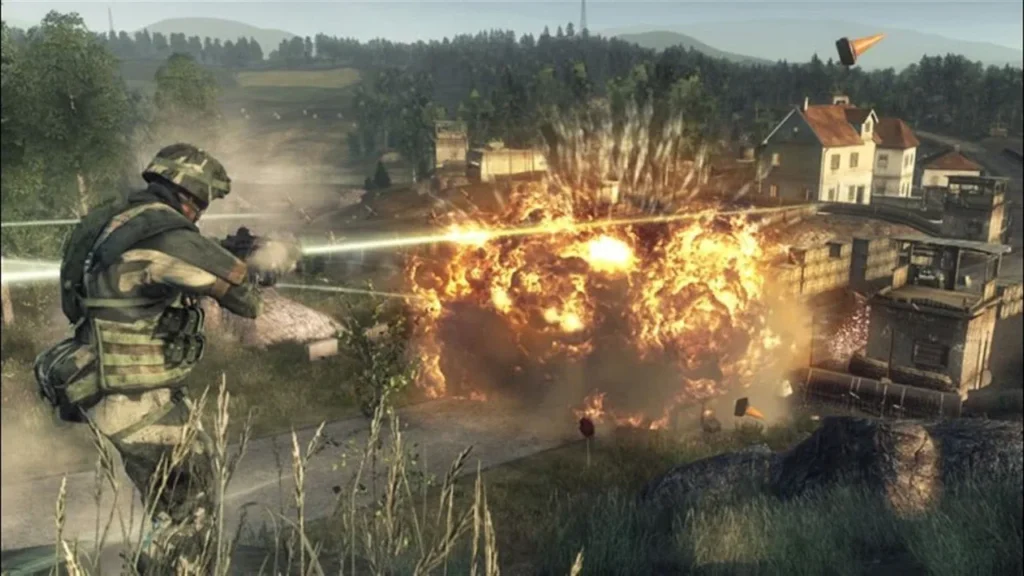
If the first Bad Company was proof of concept, its 2010 sequel was masterful execution. Battlefield: Bad Company 2 refined every aspect of its predecessor and became one of the most beloved entries in the entire franchise. The game’s success rested on several key pillars.
Destruction 2.0 enhanced the Frostbite engine’s capabilities, allowing even more spectacular and tactically meaningful destruction. Players could level entire structures to their foundations, transforming pristine villages into cratered hellscapes over the course of matches. This dynamic destruction meant no two matches played out the same way.
Bad Company 2 is still widely regarded as having some of the best audio design in video game history. The soundscape was visceral and immersive. The thunderous, concussive boom of explosions, sharp crack of sniper fire, and distinct whizzing sound of incoming RPGs created unparalleled sense of battlefield chaos and intensity that players still recall vividly.
Rush mode was perfected. Maps like Valparaiso and Arica Harbor were meticulously designed for this linear, objective-based mode, creating perfect tug-of-war that led to desperate last stands and heroic pushes. For large portions of the community, Rush in BC2 represents the definitive Battlefield experience.
Bad Company 2 was a massive commercial and critical success, selling over 12 million copies. Its legacy endures today, with developers of the next Battlefield citing it as “huge inspiration,” specifically for its “intimate destructive experience” that they admit was missing from recent titles.
Sales numbers told the story: over 12 million copies sold. More importantly, Bad Company 2 established destruction as Battlefield’s defining characteristic, separating it from every competitor.
The Vietnam expansion demonstrated DICE’s commitment to thematic authenticity. Released as nearly a standalone experience, Vietnam featured period-appropriate weapons, vehicles, and music that transported players to the conflict’s unique atmosphere. Critics and players praised it as superior to many full-price games.
The early 2010s represented the zenith of Battlefield’s cultural and commercial relevance. Powered by new generations of the Frostbite engine, the series went head-to-head with its biggest rival and achieved monumental success. However, this golden age was also marked by emergence of troubling patterns: tendencies for technically ambitious titles to launch in disastrously broken states, requiring extensive post-launch rehabilitation.
Released in 2011, Battlefield 3 was a cultural event. Marketed as direct competitor to Activision’s Call of Duty: Modern Warfare 3, it represented the franchise at its most ambitious and technically advanced. The game was a commercial behemoth, selling 5 million copies in its first week and eventually reaching 15 million units sold total
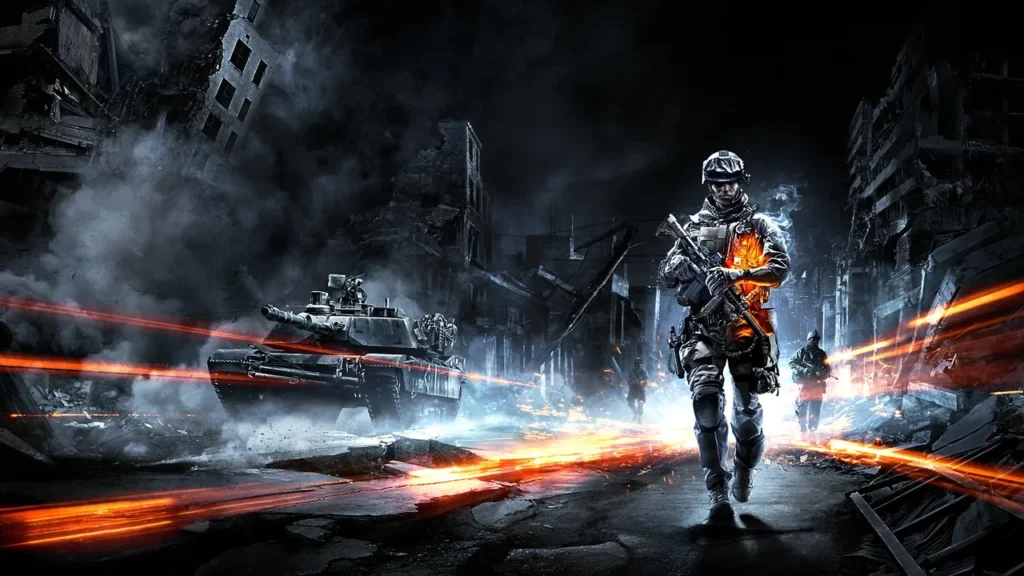
The leap to Frostbite 2 engine provided stunning increases in graphical fidelity, particularly on PC, with revolutionary lighting and audio design that created incredibly immersive experiences. The game marked returns to the series’ roots after the Bad Company interlude, bringing back 64-player matches on PC, pilotable jets, and the ability to go prone.
The multiplayer component was met with near-universal acclaim, hailed by critics as “unmatched” and the “most expansive, refined Battlefield multiplayer yet.” Players lauded the gritty atmosphere and superb design of maps. Sprawling battlefields like Caspian Border and Operation Firestorm showcased the series’ signature vehicle warfare, while urban maps like Grand Bazaar and the iconic Operation Métro provided intense infantry choke points.
The rivalry with Modern Warfare 3 defined the shooter landscape of 2011. Players and critics drew clear lines: Battlefield offered large-scale, strategic, team-based warfare, while Call of Duty provided faster-paced, arcade-style, run-and-gun action.
The immense success of Battlefield 3 set impossibly high expectations for its sequel. The launch of Battlefield 4 in 2013 became a cautionary tale for the entire industry. Rushed to market to coincide with PlayStation 4 and Xbox One releases, the game was fundamentally broken. Players were met with litanies of game-breaking bugs, constant crashes, and abysmal network performance that rendered it unplayable for many.
The backlash was immense. The launch was labeled “one of the worst AAA launches of all time.” This disastrous release severely damaged trust between the community and DICE/EA.
In response to outcry, EA took unprecedented steps of halting development on all other projects at DICE to focus on fixing the game. A newly established studio, DICE LA (which would later become Ripple Effect Studios), was tasked with leading rehabilitation efforts. Over more than a year, the studio worked tirelessly, releasing numerous patches that addressed core issues and improved game stability and network code.
This effort eventually transformed Battlefield 4 from broken mess into one of the most beloved and feature-rich entries in the series, a status it still holds today. However, it required unprecedented, year-long efforts from secondary studios to salvage the game, effectively forcing players to pay full price for what amounted to public beta tests.
After the divisive launch of BF4 and thematic departure of Hardline, the franchise needed a definitive win. It found one in 2016 with Battlefield 1. DICE’s decision to set the game in World War I was creative masterstroke, moving away from oversaturated modern and futuristic shooter markets to explore conflicts rarely depicted in AAA gaming.
The game was triumph of atmosphere and immersion. While it took creative liberties with widespread availability of automatic weapons to suit fast-paced gameplay, it was lauded for stunning visuals, incredible sound design, and ability to capture brutal, gritty nature of The Great War.
The multiplayer introduced Operations, new game modes that became instant classics. Operations blended massive scale of Conquest with narrative, objective-based progression of Rush. These multi-map campaigns simulated historical battles, creating epic sense of persistent frontlines that players found incredibly immersive.
Battlefield 1 was resounding success, earning widespread critical acclaim and becoming the best-selling title in franchise history, with sales estimates ranging from over 15 million to 21 million copies. It was powerful demonstration that returns to historical settings, when executed with passion and creativity, could lead franchises to their greatest heights.
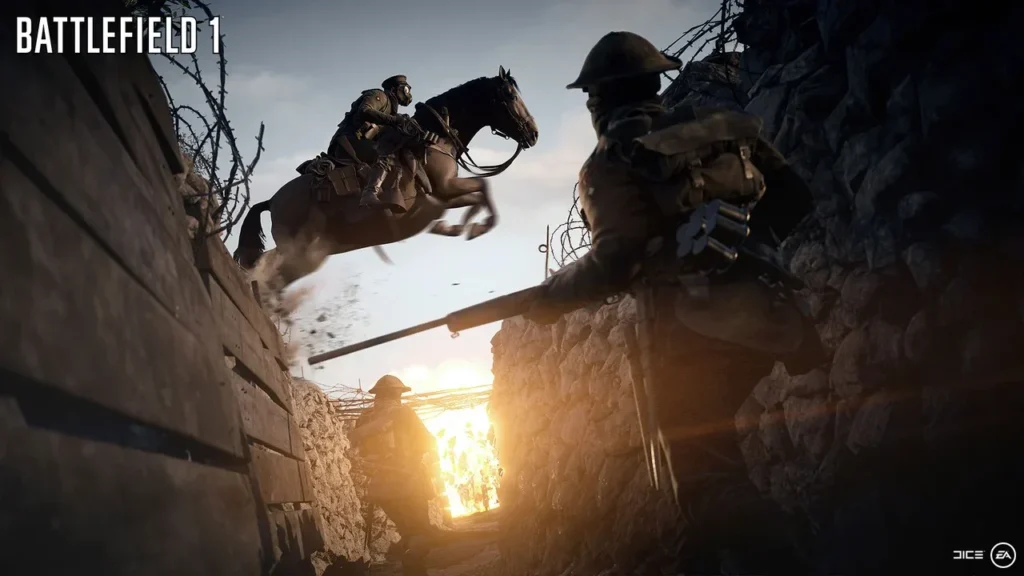
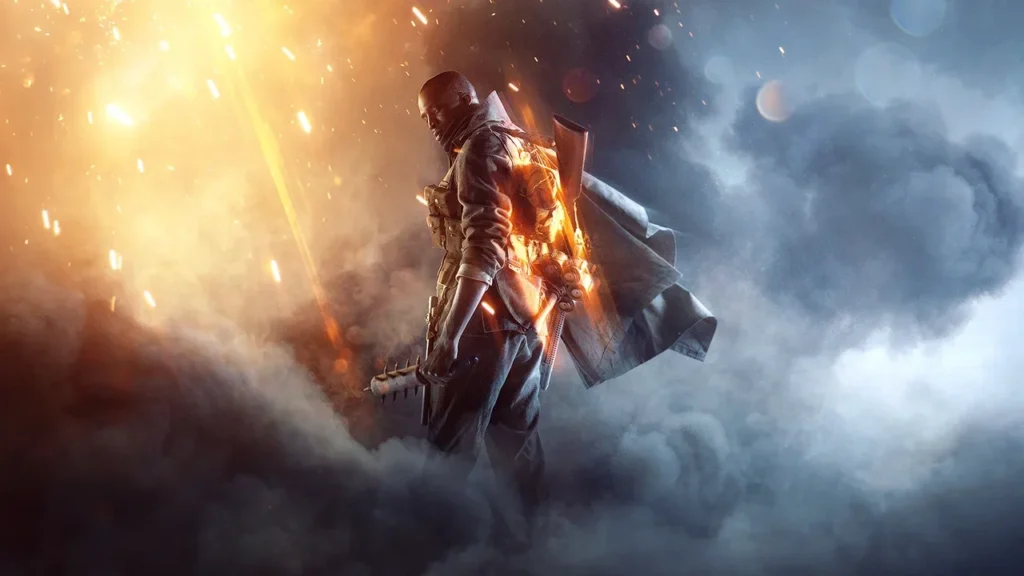
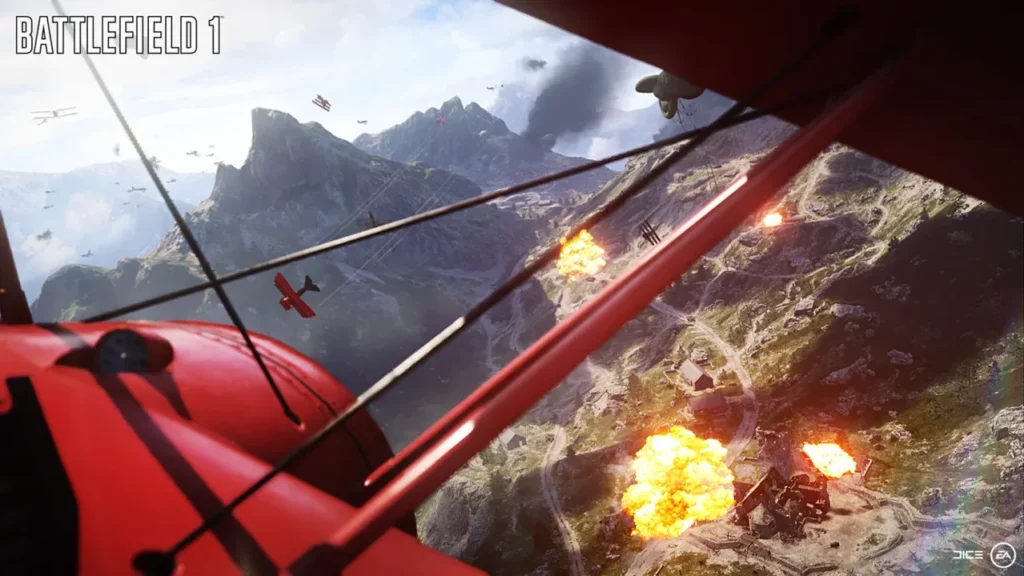
Following monumental success of Battlefield 1, the franchise entered its most turbulent period. EA’s strategic pivot away from paid Premium Pass models toward “Games as a Service” or “live service” models, intended to provide continuous streams of free content, backfired spectacularly.
The campaign for Battlefield V (2018) was fraught with controversy before the game even launched. The reveal trailer sparked massive backlash from segments of the community over perceived lack of historical accuracy and authenticity. Criticism focused on inclusion of female British soldiers with prosthetic arms on front lines and anachronistic, “Fortnite-esque” cosmetic customizations, which clashed with grim reality of World War II.
The situation was severely exacerbated by responses from EA and DICE leadership. Instead of engaging with community feedback, executives adopted dismissive tones, with one famously telling disgruntled fans, “either accept it or don’t buy the game.” This “if you don’t like it, don’t buy it” stance was seen as arrogant and created deep rifts with player bases.
Upon release, the game’s core gameplay was generally praised, but its new Tides of War live service model proved to be failure. The promise was to keep player bases unified by offering all post-launch maps and content for free. In practice, content delivery was painfully slow and inconsistent. Promised features, such as ability to drag downed teammates, never materialized.
DICE made several deeply unpopular changes to core gameplay mechanics, most notably altering Time-to-Kill (TTK) on two separate occasions, only to revert changes after intense community outrage. The game had brief moments of redemption with releases of Pacific chapters, which added US and Japanese factions and was widely praised as returns to classic Battlefield experiences. However, just as the game seemed to be hitting its stride, DICE announced it was ending major content support.
Battlefield V sold 7.3 million copies by the end of 2018, falling short of EA’s financial expectations and marking significant commercial steps down from Battlefield 1.
The situation was severely exacerbated by responses from EA and DICE leadership. Instead of engaging with community feedback, executives adopted dismissive tones, with one famously telling disgruntled fans, “either accept it or don’t buy the game.” This “if you don’t like it, don’t buy it” stance was seen as arrogant and created deep rifts with player bases.
Upon release, the game’s core gameplay was generally praised, but its new Tides of War live service model proved to be failure. The promise was to keep player bases unified by offering all post-launch maps and content for free. In practice, content delivery was painfully slow and inconsistent. Promised features, such as ability to drag downed teammates, never materialized.
DICE made several deeply unpopular changes to core gameplay mechanics, most notably altering Time-to-Kill (TTK) on two separate occasions, only to revert changes after intense community outrage. The game had brief moments of redemption with releases of Pacific chapters, which added US and Japanese factions and was widely praised as returns to classic Battlefield experiences. However, just as the game seemed to be hitting its stride, DICE announced it was ending major content support.
Battlefield V sold 7.3 million copies by the end of 2018, falling short of EA’s financial expectations and marking significant commercial steps down from Battlefield 1.
If Battlefield V was disappointment, Battlefield 2042 (2021) was catastrophe that brought the franchise to its knees. The game launched in technically disastrous states, echoing problems of Battlefield 4 but without solid gameplay foundations to fall back on. More damaging were series of core design decisions that were seen by communities as fundamental betrayals of the series’ identity.
The most controversial change was removal of traditional four-class systems (Assault, Engineer, Support, Recon). In their place came rosters of named “Specialists,” each with unique gadgets and personalities. This move was widely interpreted as cynical attempts to chase hero shooter trends popularized by games like Apex Legends and to create more opportunities for monetization through character skins.
The player backlash was swift and overwhelming. The Specialist system shattered core gameplay tenets. With no weapon restrictions, class synergy was destroyed. Team identification became nearly impossible, as same characters appeared on both opposing teams, leading to chaotic and confusing firefights. The “cringy,” upbeat end-of-round voice lines from Specialists clashed violently with grim, near-future settings, completely breaking immersion for many players.
This was compounded by hosts of other issues. The new 128-player maps were criticized for being overly large, barren, and “soulless,” with vast empty spaces between objectives and severe lacks of cover. The game also launched without staggering numbers of legacy features that had been standard in previous titles, including single-player campaigns, server browsers, traditional scoreboards, and even in-game voice chat.
The result was historic collapse of player bases. On PC, the game’s Steam player count plummeted by over 90% within two months of launch. At its lowest point, active player counts for Battlefield 2042 were surpassed by older titles like Battlefield V and even Battlefield 1.
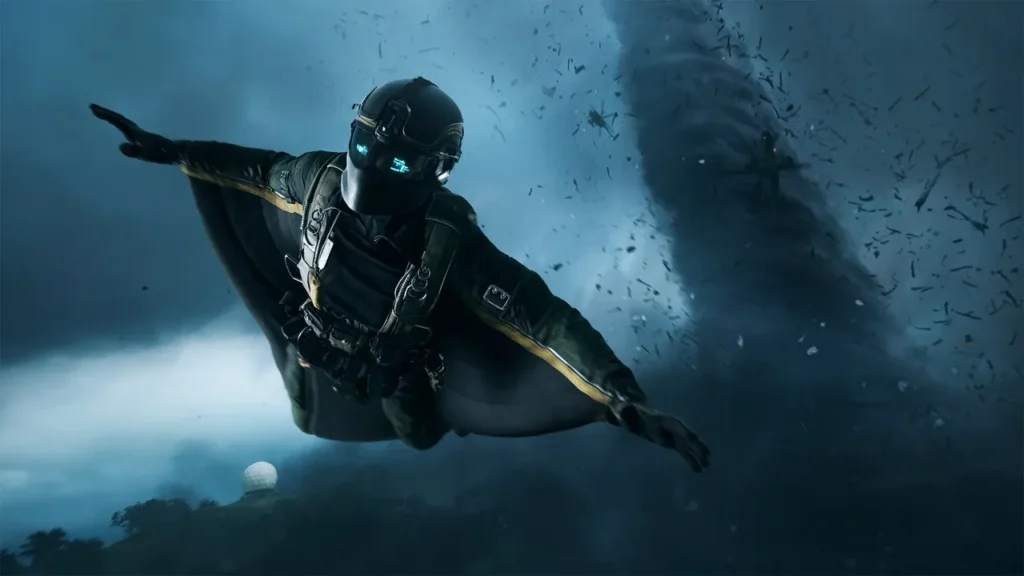
The franchise’s struggles in this era highlight central paradoxes of live service models as implemented by EA. The primary justification for moving away from paid Premium Passes of BF3 and BF4 was to avoid splitting player bases with paid map packs. However, the “free” content models of BFV and 2042 created new, more insidious problems.
Without upfront revenue and legal obligations to deliver set amounts of pre-sold content, quantities and paces of post-launch support drastically decreased. Players noted stark contrasts between 16+ maps and dozens of weapons delivered in Premium cycles versus slow trickles of content in live service eras. When live service games underperformed commercially, as BFV did, publishers had little financial incentive to continue support, leading to premature abandonment.
foundations to fall back on. More damaging were series of core design decisions that were seen by communities as fundamental betrayals of the series’ identity.
The most controversial change was removal of traditional four-class systems (Assault, Engineer, Support, Recon). In their place came rosters of named “Specialists,” each with unique gadgets and personalities. This move was widely interpreted as cynical attempts to chase hero shooter trends popularized by games like Apex Legends and to create more opportunities for monetization through character skins.
The player backlash was swift and overwhelming. The Specialist system shattered core gameplay tenets. With no weapon restrictions, class synergy was destroyed. Team identification became nearly impossible, as same characters appeared on both opposing teams, leading to chaotic and confusing firefights. The “cringy,” upbeat end-of-round voice lines from Specialists clashed violently with grim, near-future settings, completely breaking immersion for many players.
The fallout from Battlefield 2042 forced moments of reckoning within Electronic Arts. Faced with shattered communities and tarnished brands, the publisher initiated massive overhauls of its approaches to the franchise.
In wake of 2042’s failure, EA announced significant restructuring of its development teams. The publisher formed “Battlefield Studios,” collaborative, multi-studio efforts uniting the franchise’s originators at DICE with support from Ripple Effect (formerly DICE LA), Criterion Games, and Motive Studio. In moves clearly designed to restore creative credibility, Vince Zampella, celebrated co-founder of Respawn Entertainment (Titanfall, Apex Legends), was appointed to oversee the entire Battlefield franchise.
This new structure is backing what EA CEO Andrew Wilson has called one of the “most ambitious projects” in the company’s history. The publisher is reportedly investing over $400 million into the next title, with audacious goals of attracting 100 million players over games’ lifetimes. These figures dwarf the roughly 30 million lifetime players of Battlefield 1, the series’ best-selling entry.
However, this high-pressure environment has reportedly led to significant development challenges. Reports from current and former employees have cited “extraordinary stress and long hours,” cultural clashes between Swedish DICE teams and US-based leadership, and major setbacks, including complete restarts of single-player campaigns after closures of studios initially tasked with development.
The design philosophy for the next Battlefield appears to be direct and deliberate response to criticisms leveled against Battlefield 2042. Every announced feature seems calculated to reassure disenfranchised fans that studios are listening and returning to series’ core identities.
The game is being explicitly marketed as “spiritual successor” to beloved modern-era titles Battlefield 3 and Battlefield 4, featuring gritty, contemporary setting in the year 2027. Most critically, traditional four-class systems of Assault, Engineer, Support, and Recon are making full returns, direct reversals of deeply unpopular Specialist systems.
Developers are openly citing past glories as their primary muses. Battlefield: Bad Company 2 is being looked to for its “intimate destructive experience,” signaling renewed focus on meaningful environmental destruction. Battlefield 1 is the benchmark for atmosphere, immersion, and audiovisual fidelity.
The game will introduce new “Kinesthetic Combat System” aimed at improving movement and gunplay. This includes new tactical options like ability to drag downed teammates to safety before reviving them and mounting weapons on surfaces to improve stability.
To avoid repeating launch disasters of 2042, EA has launched “Battlefield Labs,” initiatives to involve select community members in playtesting and feedback early in development processes. The fan-favorite Portal mode from 2042 is returning with significant upgrades, featuring powerful spatial editors and scripting tools that give communities unprecedented power to create and share custom maps and game modes.
The Battlefield 6 open beta drew massive participation across PC and consoles, with English-speaking gaming communities on Reddit, Twitter, YouTube, Discord, and Steam forums buzzing with reactions. Overall sentiment leaned largely positive, with players heralding “return to form” for the franchise after troubled Battlefield 2042 launches.
The beta smashed series records with over 520,000 concurrent players on Steam, even surpassing Call of Duty’s all-time PC peak. Conversations were energized, focusing not on apathy but on game balance and mechanics, indicating players were “invested and having fun” again.
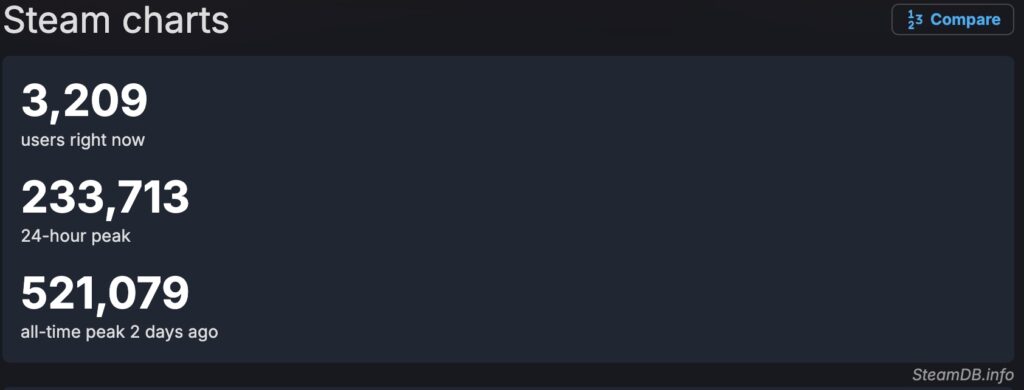
Across platforms, many players praised Battlefield 6’s core gameplay as satisfying blends of classic Battlefield with modern polish. Gunplay was widely described as “smooth,” with pleasing recoil and impactful sound design that made firefights feel visceral. Movement mechanics received similar acclaim. The beta’s new kinesthetic movement system felt snappier than BF2042 yet still weighty enough to be recognizably Battlefield.
New abilities like dragging downed teammates to cover and riding on tank hulls were celebrated for creating “truly awesome moments” of squad play. Many veteran fans rejoiced that slower player speeds (compared to BF2042’s overly fast pace) and returns of traditional classes made games feel like Battlefield again.
However, not all gameplay impressions were glowing. Significant subsets of players argued combat too closely mimics Call of Duty’s style, with very fast tempos and lethal gunfights that some felt undermined Battlefield’s tactical play. Time-to-kill (TTK) emerged as hotly debated points. Many found it extremely short, leading to frequent insta-deaths.
The most frequent criticism of map design was that beta maps were too small, congested, and “COD-like” in layout. Players used to Battlefield’s traditional wide-open arenas felt boxed in. Some likened beta’s 64-player infantry fights to Call of Duty: Ground War, not in good ways.
Despite mixed feedback on specific elements, the beta’s strong reception has undoubtedly improved short-term perceptions of Battlefield. Words like “hype,” “promising,” and “the best Battlefield in years” are circulating instead of “skeptical” or “cautiously optimistic.”
The importance of the next Battlefield’s success cannot be overstated. For the franchise, it represents potential last chances. Another botched launch or failures to deliver on “back to basics” promises could be extinction-level events, permanently alienating remaining player bases and cementing the series as relics of bygone eras.
The competitive landscape is more brutal than ever, and Battlefield no longer has luxuries of year-long redemption arcs. For EA, the game is massive financial and reputational gamble. Failures would not only represent significant financial losses but would also be major blows to standings in lucrative FPS markets.
This is EA’s last, best chance to prove that it still understands what made Battlefield special and to win back trust of communities that feel profoundly betrayed.
Based on official announcements and credible leaks, the timeline for release of the next Battlefield includes official reveal events on July 24 and July 31, 2025, early access open beta from August 7-8, 2025, open beta weekend one from August 9-10, 2025, open beta weekend two from August 14-17, 2025, and worldwide release date of October 10, 2025.
The history of the Battlefield franchise is a story of bold innovation, genre-defining triumphs, and hubris-fueled failures. Born from visions of large-scale, strategic, sandbox warfare, the series spent its first decade establishing unique identities that set it apart from all competitors.
Yet the series’ trajectory has been defined by persistent tensions between creative, player-first philosophies of its developers and relentless corporate imperatives of its publisher. The franchise’s lowest points occurred when pressures for annual releases and pursuits of market trends overshadowed core tenets that made the series great.
Now, the franchise stands on precipices. The plan for the next installment is direct and explicit apology to its estranged community. By promising returns to modern settings, classic class systems, and beloved mechanics of its most celebrated titles, Battlefield Studios is making calculated bets on nostalgia to rebuild bridges of trust that were all but burned.
The “back to basics” approach is precisely what fans have demanded. However, promises are no longer enough. The development team is under immense pressure, and execution is paramount. Another failed launch, regardless of design’s intent, would likely be final nails in coffins.
The battle for the soul of the franchise is not yet won. It will be decided on the servers when the world goes to war once more.
